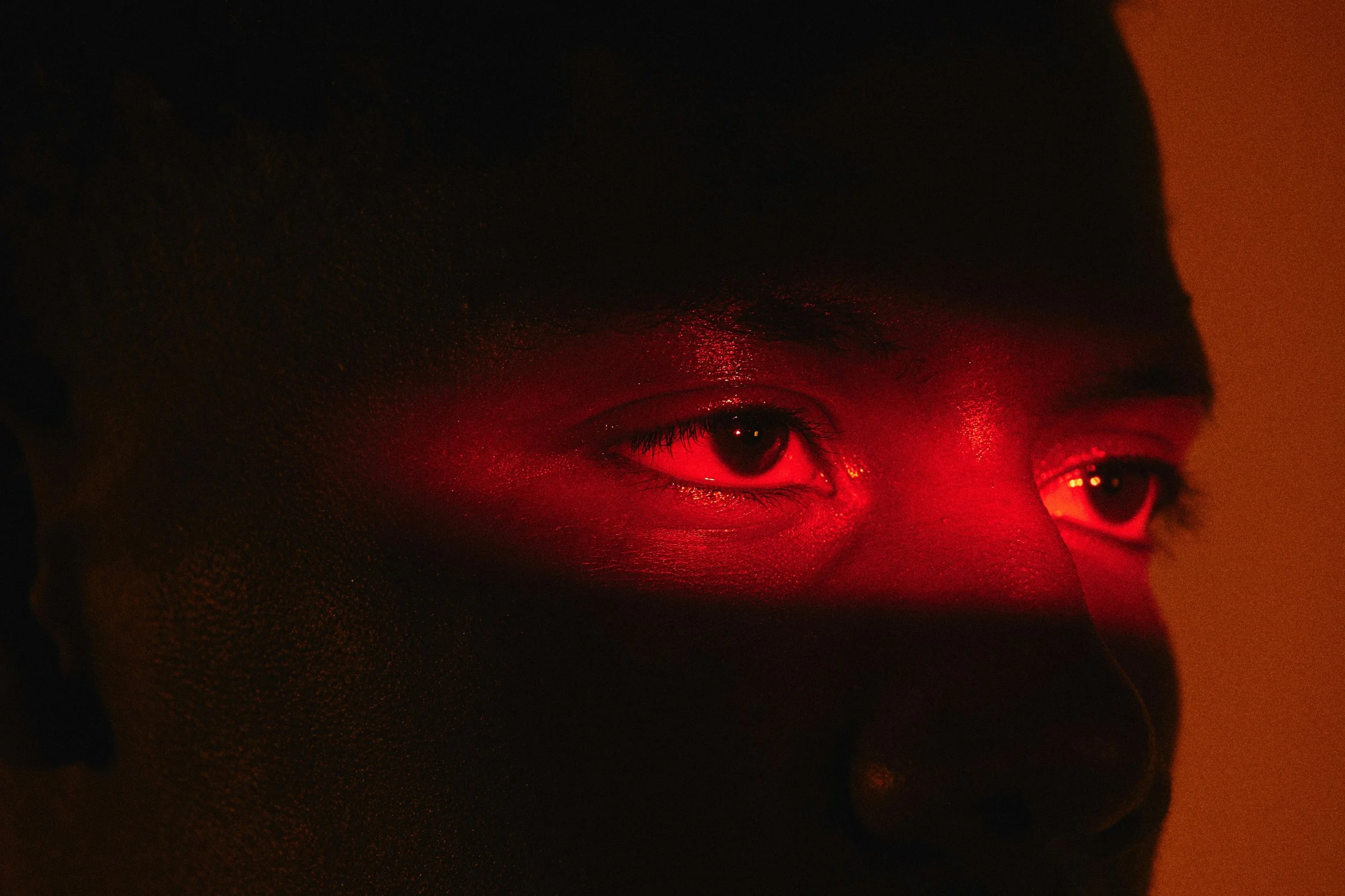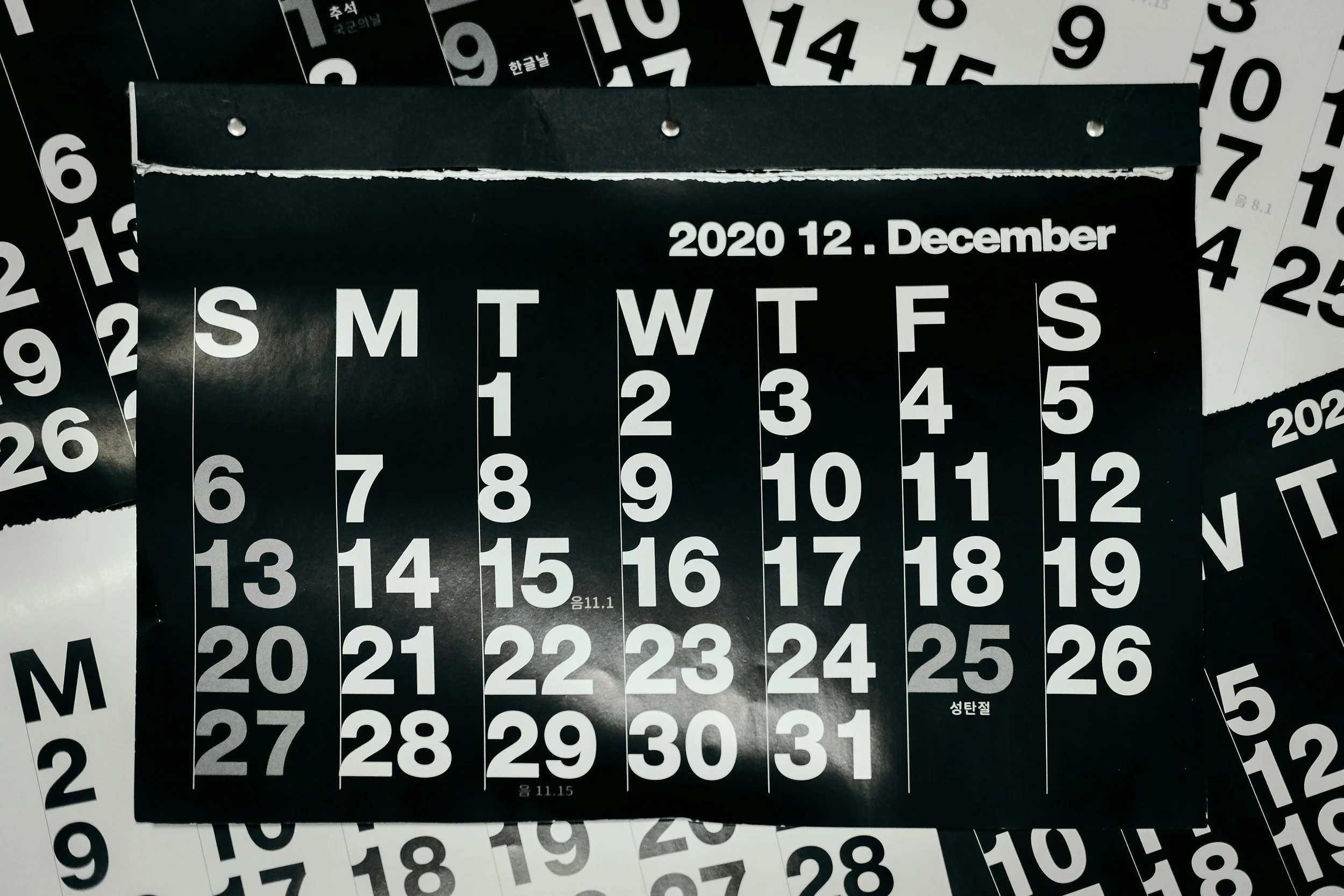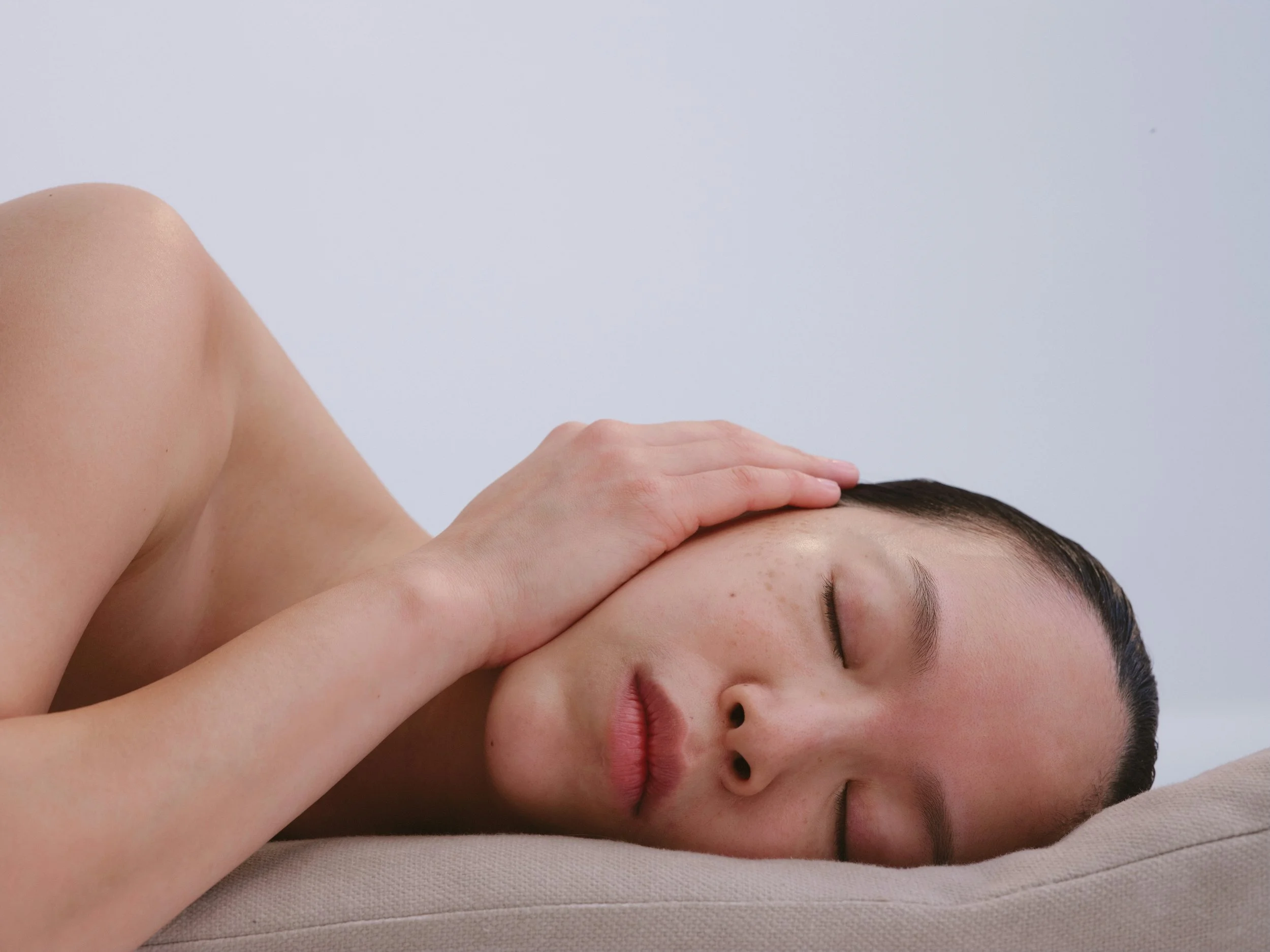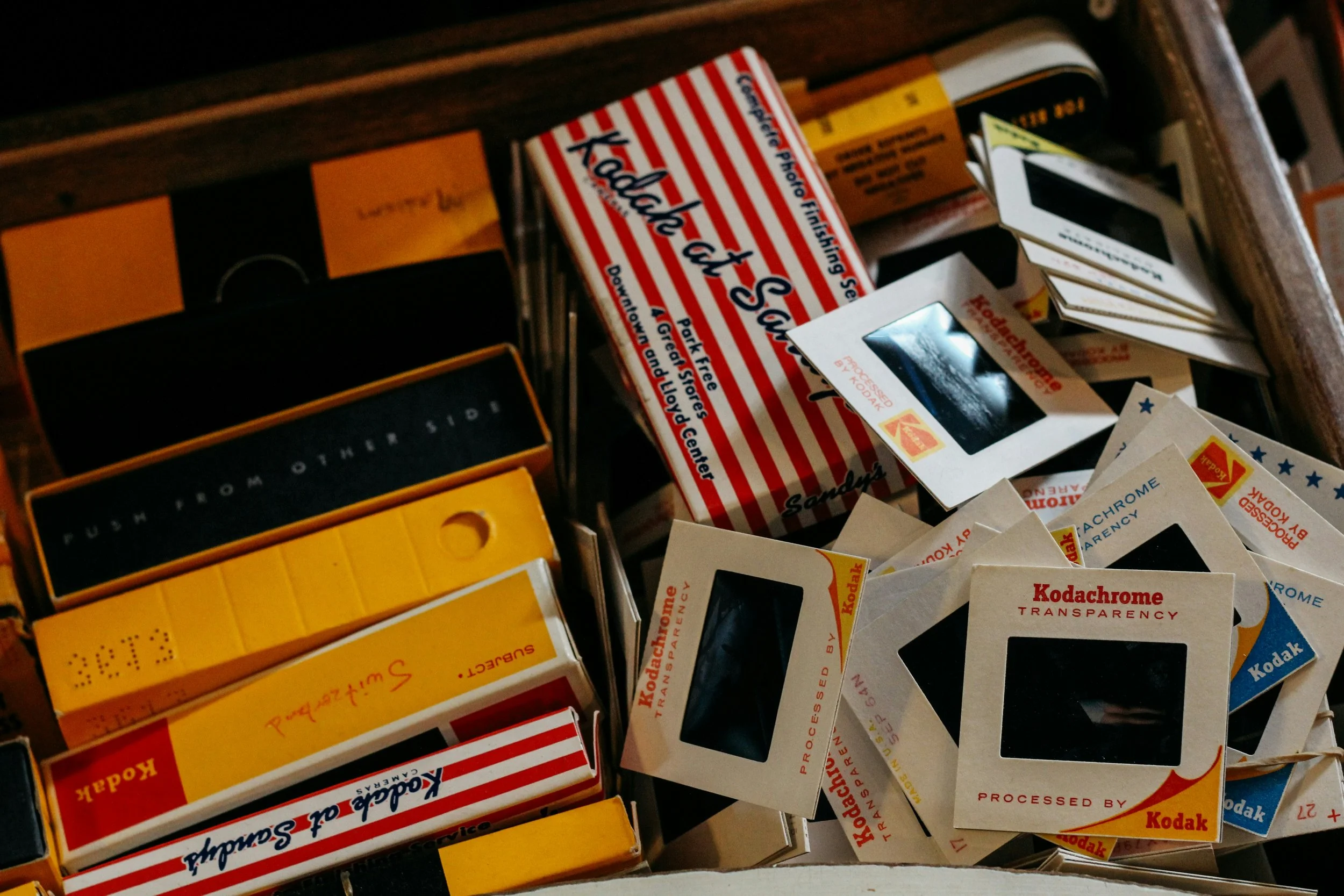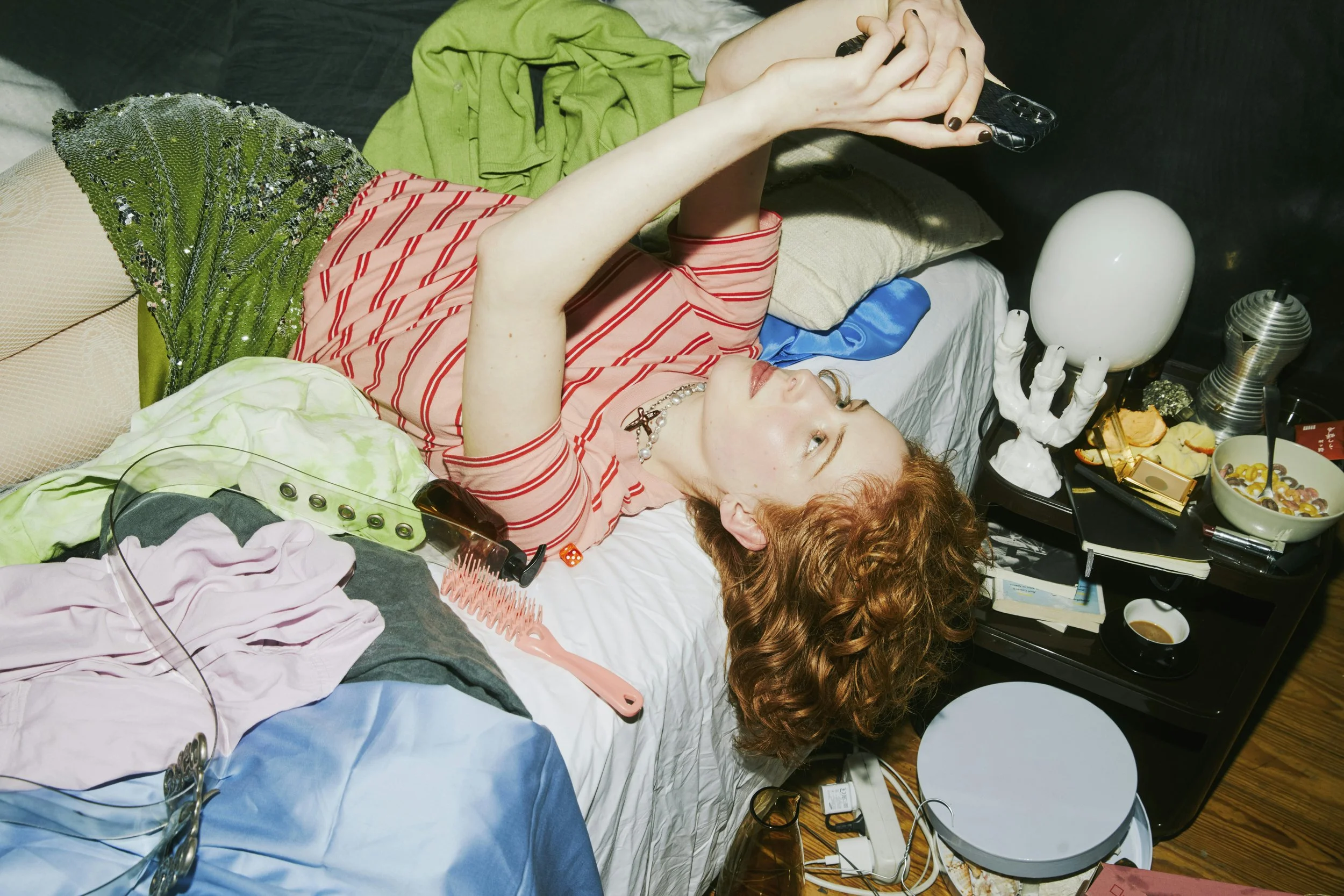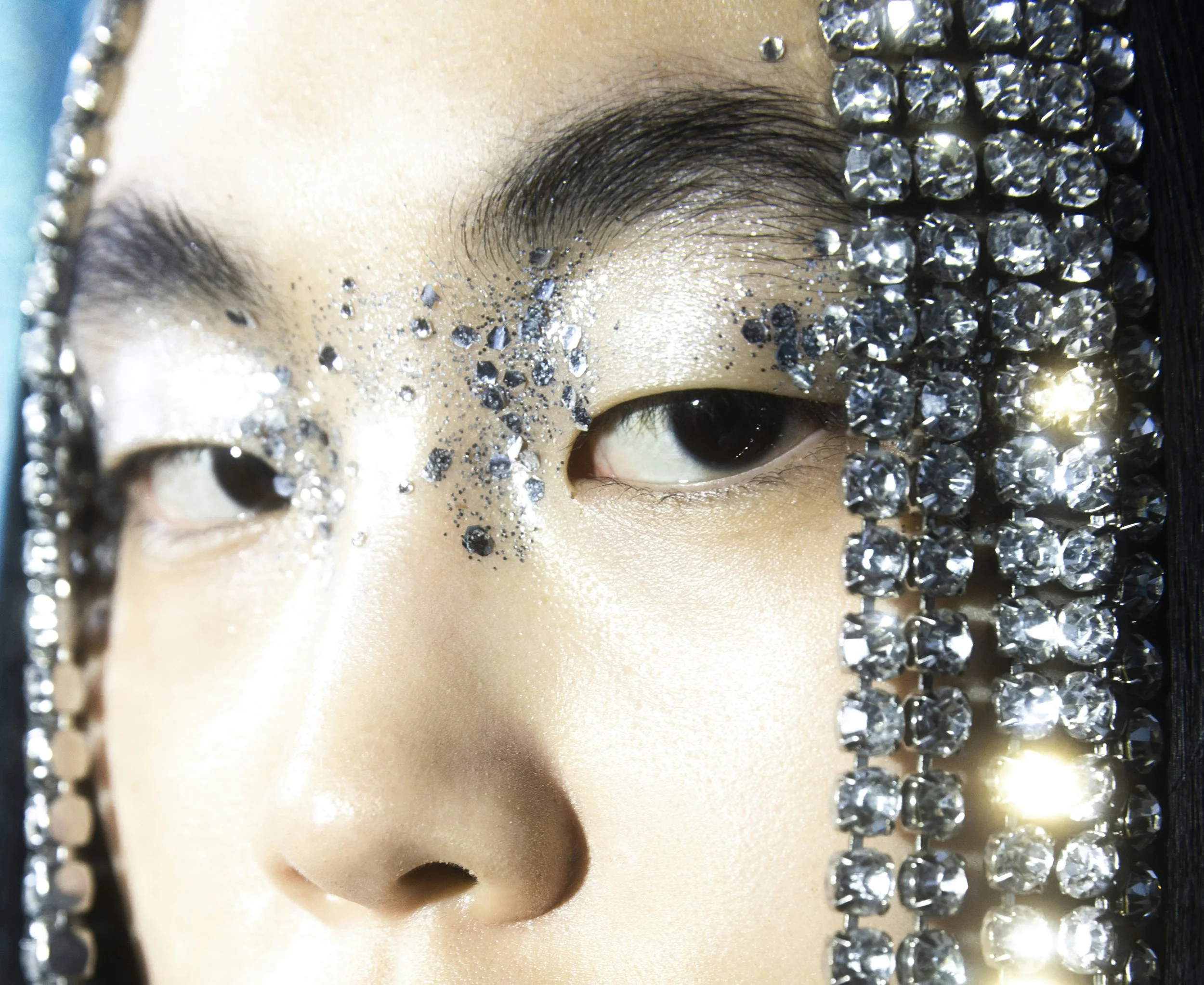Tasting Trumpets: Seeing Sounds
Tasting Trumpets: Seeing Sounds
BY AARUSHI AGNI
The other night after performing sketch comedy at the People’s Improv Theater in New York City, I spent half an hour in rapt conversation with my director’s friend.
We were hanging on each other's every word.
No, we weren't falling in love. I was telling him about how, since childhood, I’ve known that each and every number and letter has a gender.
Doesn’t everyone know that?
I first read about synesthesia in Nickelodeon magazine when I was in grade school: a condition wherein one sense merges or crosses with another, occurring in 1 in 25 people.
The article described people who could taste the sound of a trumpet or see color when they heard a word. It sounded so cool. I bet trumpets taste like Orange Crush, I thought to myself.
Maybe that should have been a clue. But I wasn’t paying enough attention to my brain then to see that my own multisensory experiences were out of the ordinary – because for me, they weren’t.
To me, letters and numbers have always had gender and personality traits. One is masculine, 2 is feminine, 3 is feminine but more brassy and sassy like Rosie O’Donnell, and 4 is like a little boy. Number 5 is kind of like Angelica from the Rugrats— you know, the bitchy three-year-old cousin of the heart-of-gold one-year-old main character Tommy Pickles? Number 6 is older but still afraid of 5. And 7 was lowkey kind of hot (masculine, aloof), and 9 (masculine, been around the block).
It wasn’t until much later (cue the movie montage of me growing up, prom, playing in a band, college graduation, public health job, quitting my public health job because it made me want to die, doing stand-up for the first time, getting diagnosed with ADHD before moving to New York for grad school, having a spiritual awakening involving mindfulness and meditation — inhale, exhale, 1, 2, 3, 4) that I actually believed it was possible I had synesthesia.
So Many Different Synesthetes
Turns out you don’t have to taste a trumpet in order to be a “synesthete” (I like to think that’s like an athlete, but for senses). According to the MULTISENSE research project at the University of Sussex, there are upwards of 100 types of synesthesia.
There’s sequence-space synaesthesia, which involves seeing numbers, weekdays, or months separated spatially. I actually have this with days and months — I can see the time stretching forward, across the page in the book that is my life.
“Oh my god,” my ADHD coach Jessica cooed, when I told her this. “Aarushi, you are so poetic.”
When I posited that this form of synaesthesia might account for my time blindness, she laughed, shrugged, and said it was clear to her that I’m “such an artist.”
Another form is grapheme-color synesthesia, where one experiences words and numbers as having fixed color associations. According to career therapist Miriam Groom, people with this form of neurodivergence make excellent UX designers.
One such designer, Kelly T, sees A as red and B as orange. “I can clearly see that it is black. But then it’s almost like there’s a color that’s floating over the letter…. So with G, I’m shining a purple light and a brown light at the same time.”
Some people experience something called mirror-touch synesthesia, meaning they experience the sensation of touch when they see someone else being touched. That’s literally the plot of a sci-fi porn.
Another form of synesthesia I experience is chromesthesia, in which color and visuals react to music. Namoi Roberts, founder of Flare Audio, shares about a sound engineer who sees music, stating …
Others experience audio-tactile synesthesia — they feel textures that correspond to certain sounds. People with lexical-gustatory synesthesia hear a name and associate it with a taste.
I hope to God my name tastes good.
The Stuff of Metaphor
In his seminal book The Tell-Tale Brain, neuroscience rock star Dr. V. S. Ramachandran proposes that the same neural mechanisms allowing for synesthesia might also underlie our ability to form metaphors. He argues that the brain’s tendency to link seemingly unrelated concepts to make metaphors is a fundamental part of human cognition.
This ability to make and understand metaphor is associated with the fusiform gyrus (FG) in the brain, which is also linked to our ability to process color and recognize words, faces, and face-like images. Humans’ FG is larger than those of primates, indicating that humans’ ability to think abstractly is part of what some might consider our “advanced” intelligence.
Dr. Ramachandran posits that folks with synesthesia have a gene that causes an erosion of wiring between segregated areas of sensory processing within the FG. This allows an even more intense ability to create and experience metaphor — and Ramachandran reasons that this is why there’s a much higher rate of synesthesia among artists. (You were right, Jessica! I am so poetic.)
I was elated to learn this. TBH I was never really convinced the number thing wasn’t just a quirky metaphor I had come up with as a child.
But learning the science-y name for my mind’s inner phenomena makes me make more sense.
There’s also reason to believe that folks with both synesthesia and ADHD are more creative. Dr. Julia Simner, a lowkey famous professor of neuropsychology at the University of Sussex, notes that synesthetes who are children display unique levels of creativity. Synesthesia is about 8 times more common among artists than in the general population.
Of course the kid whose letters and numbers had personalities would grow up to be a writer and entertainer. Those charismatic and sometimes-judgy numbers and letters were some of the first characters I brought to life.












